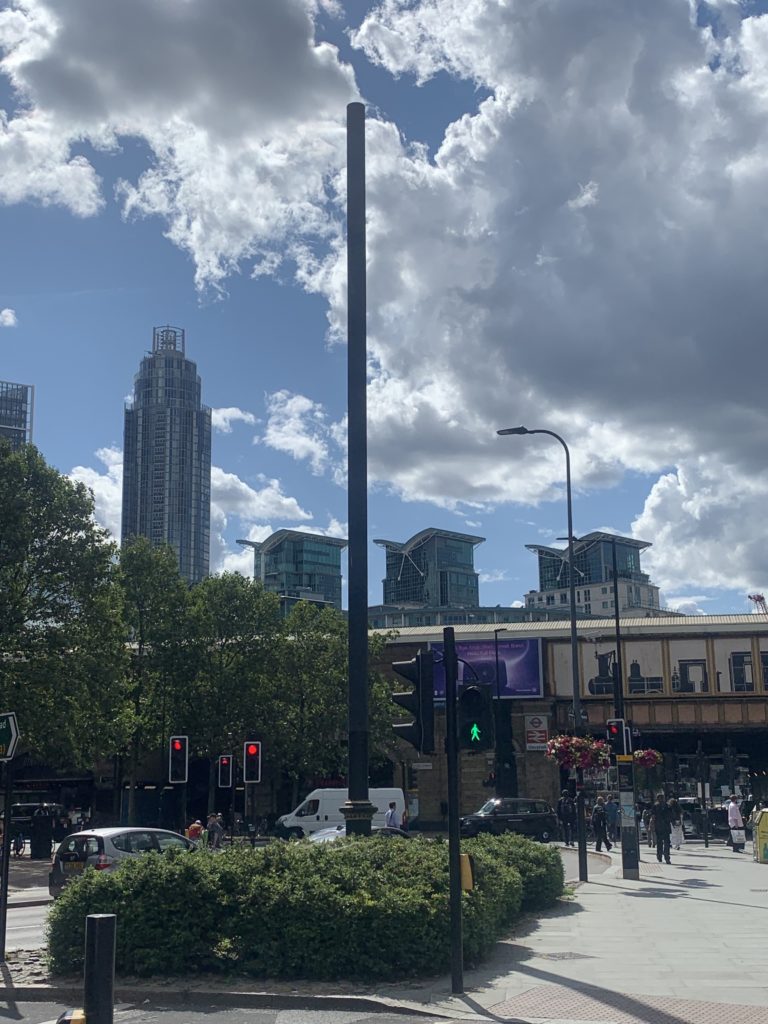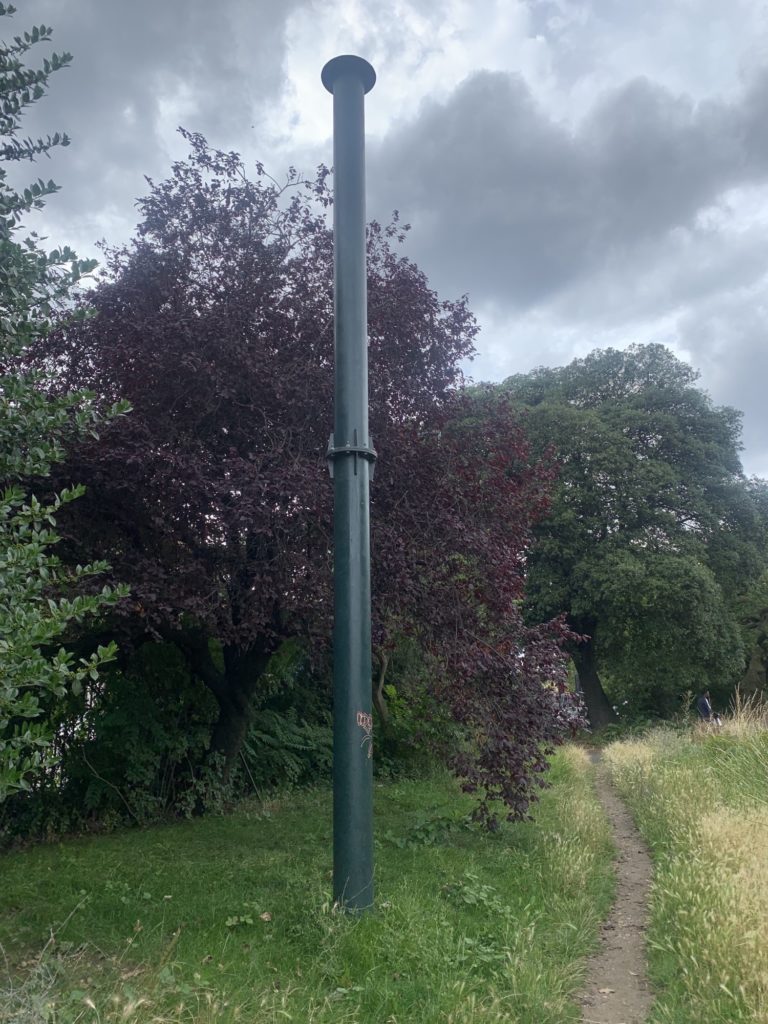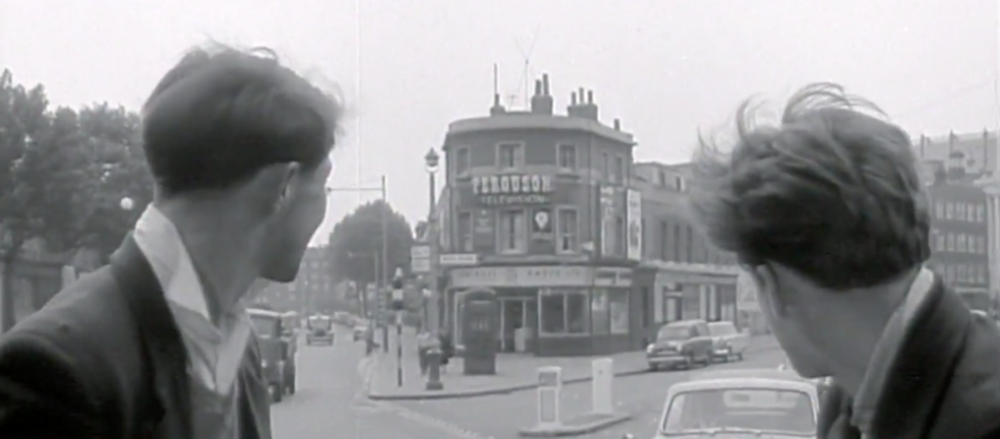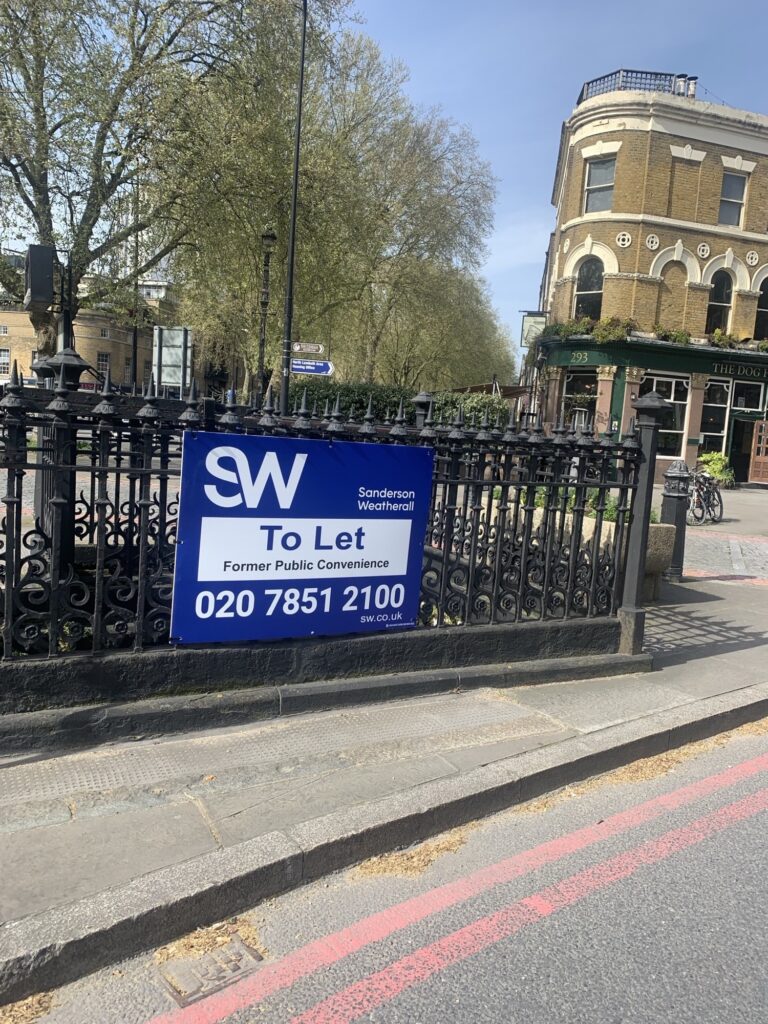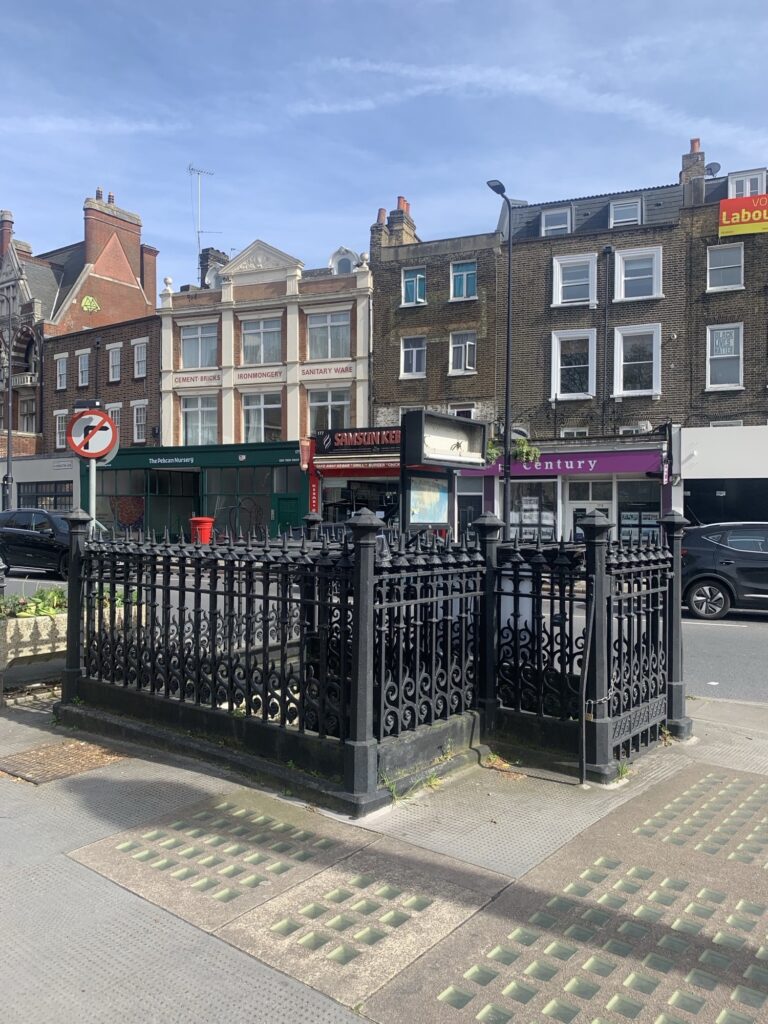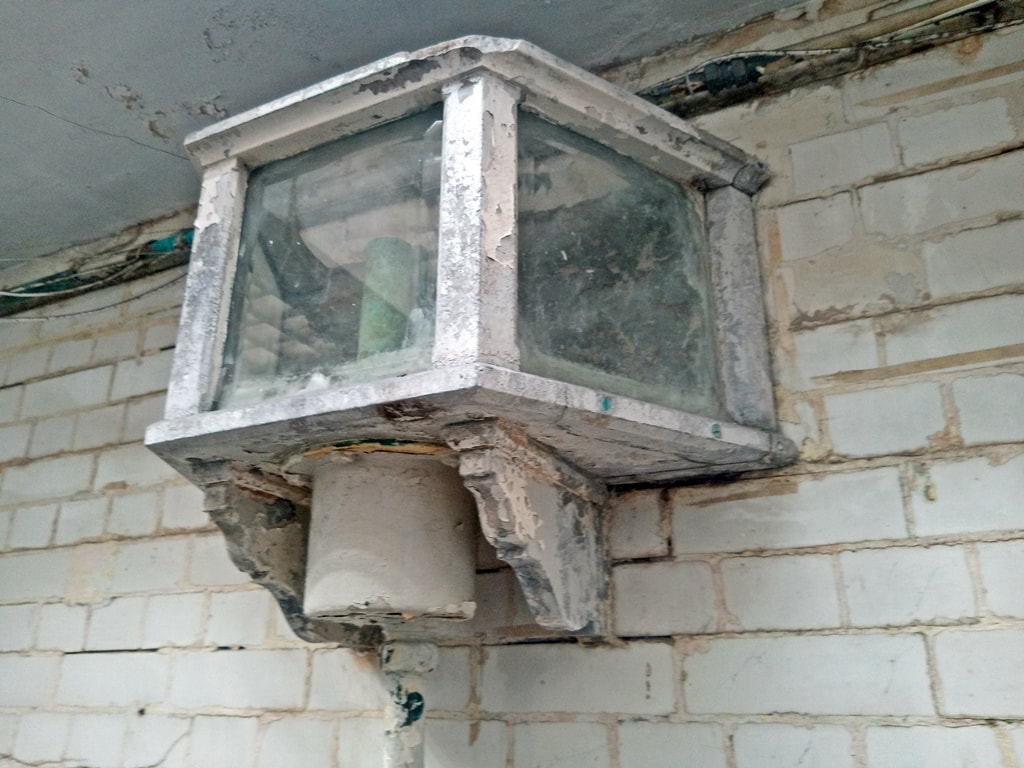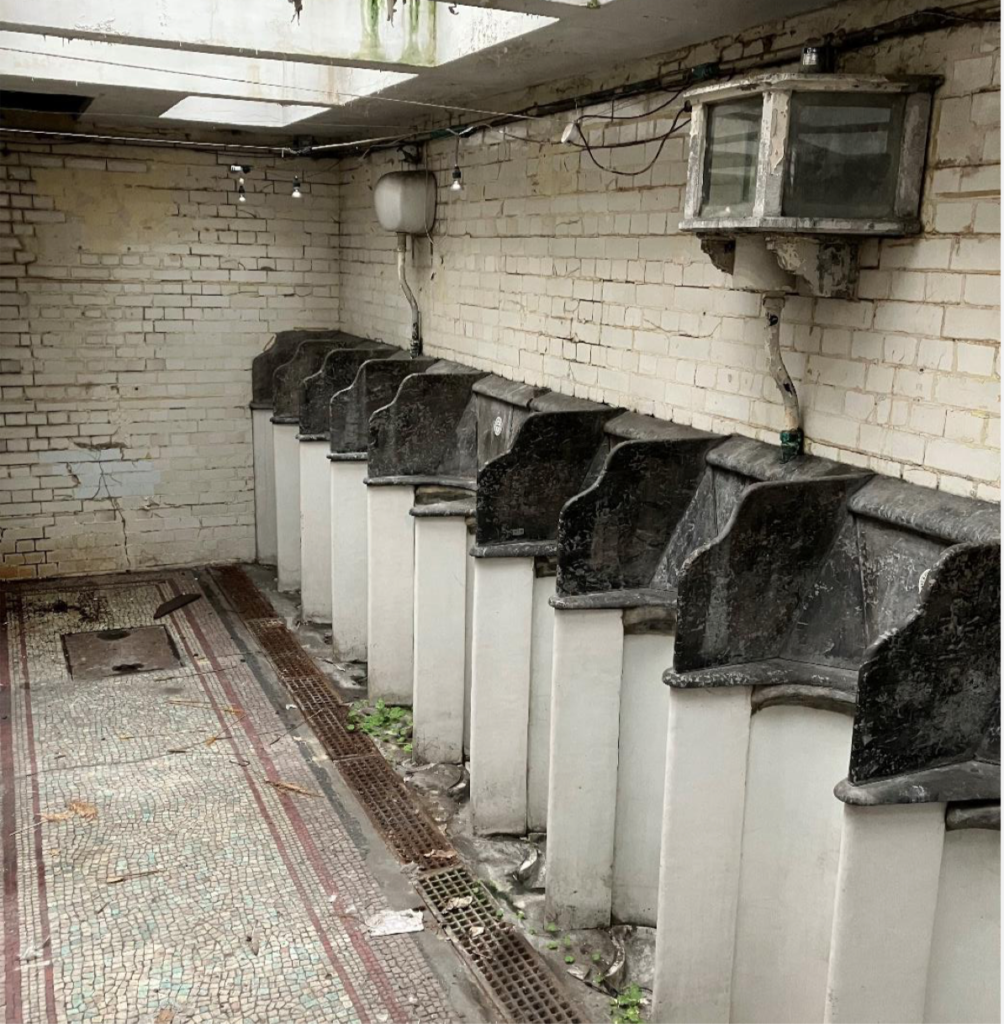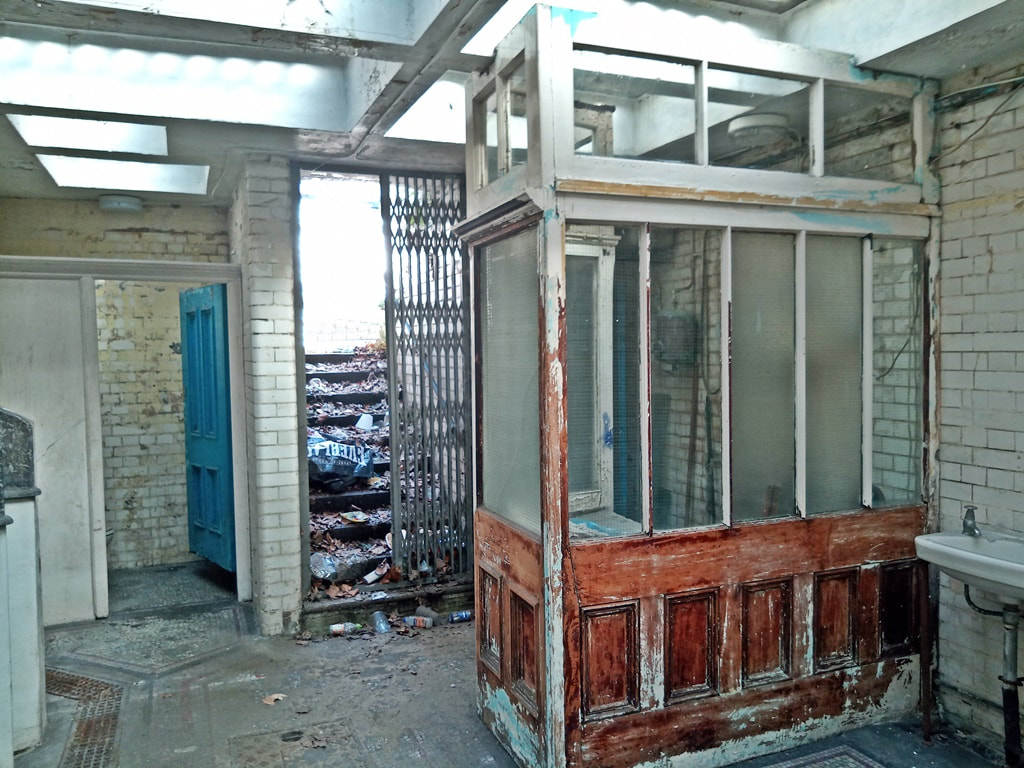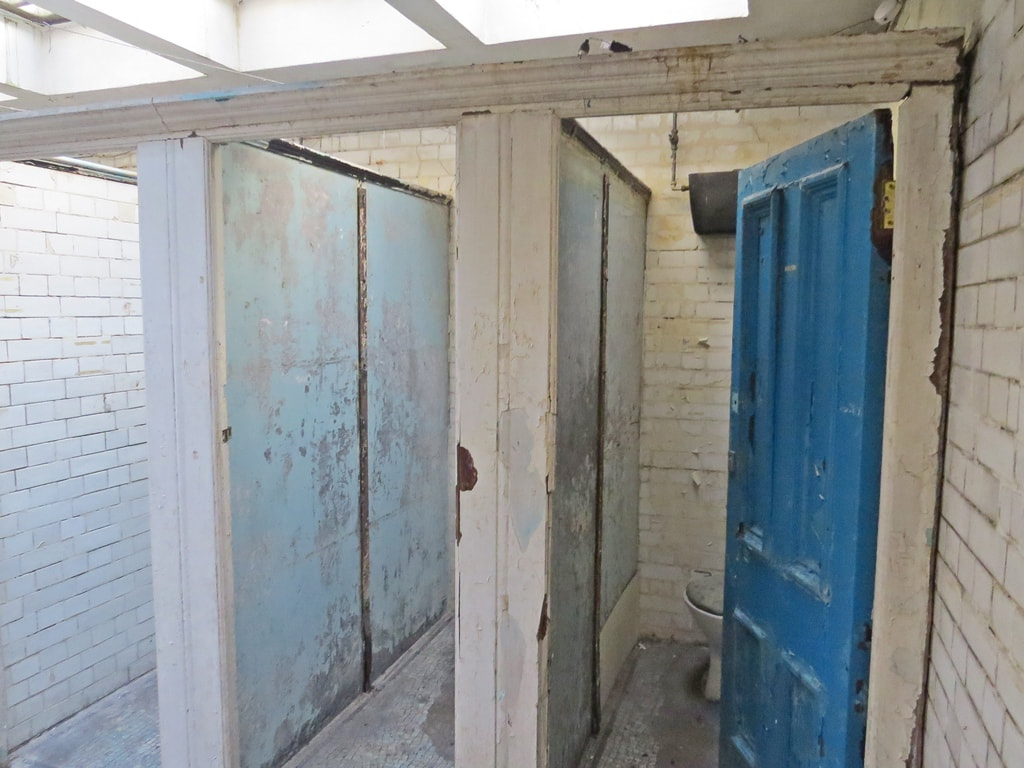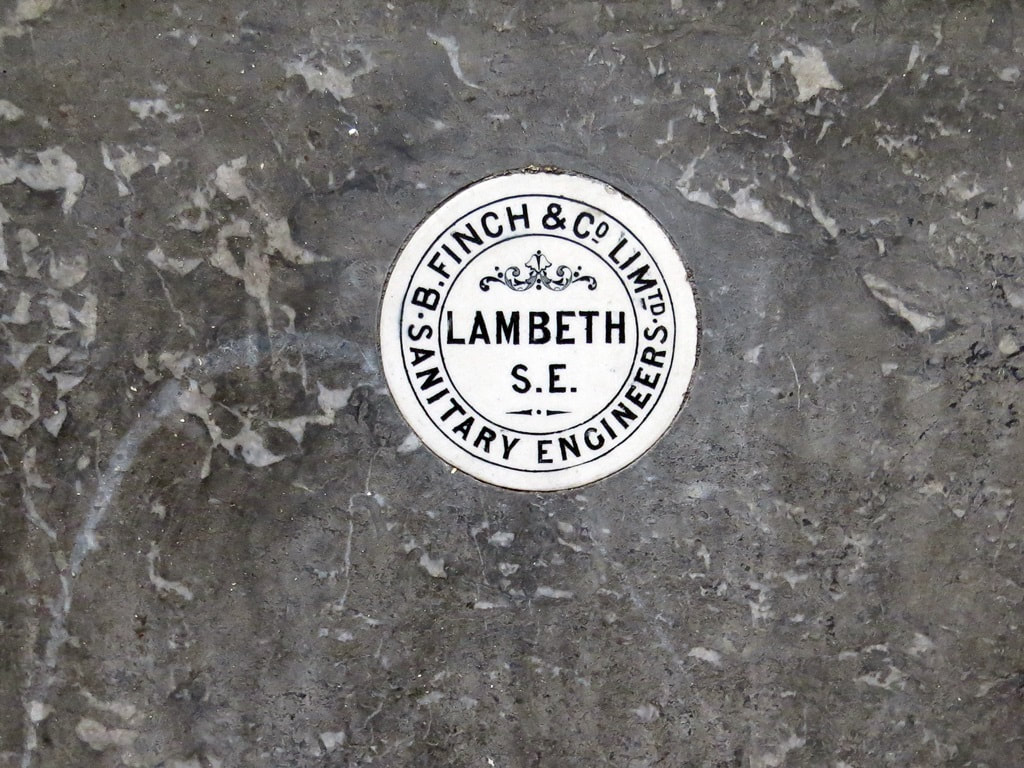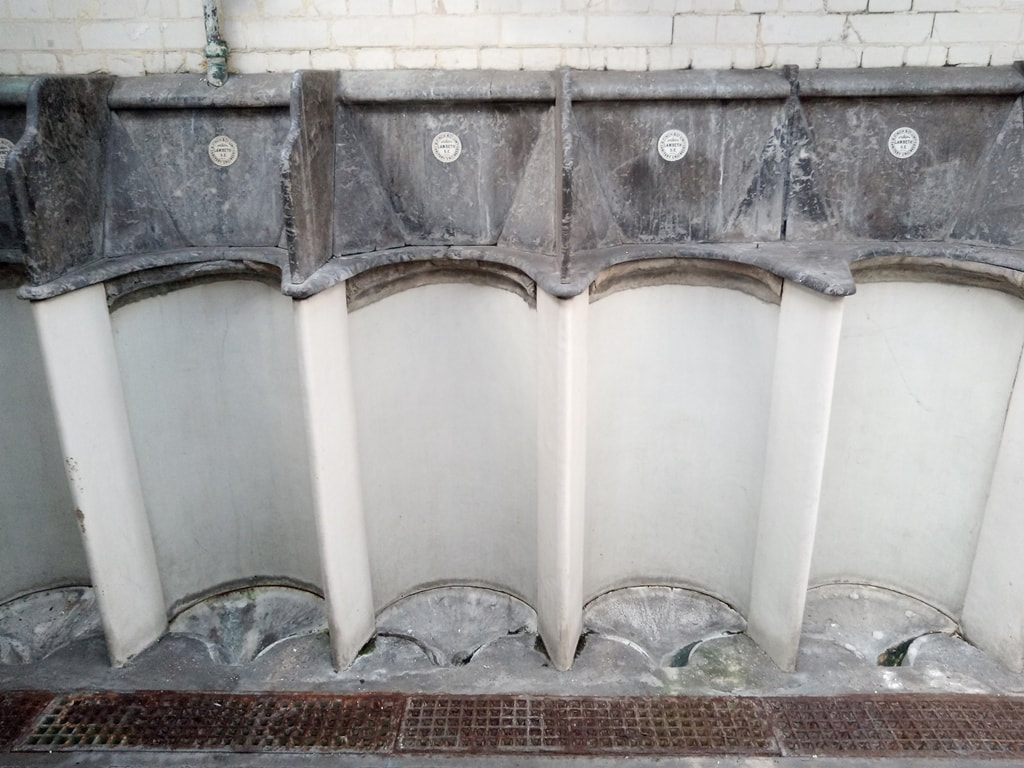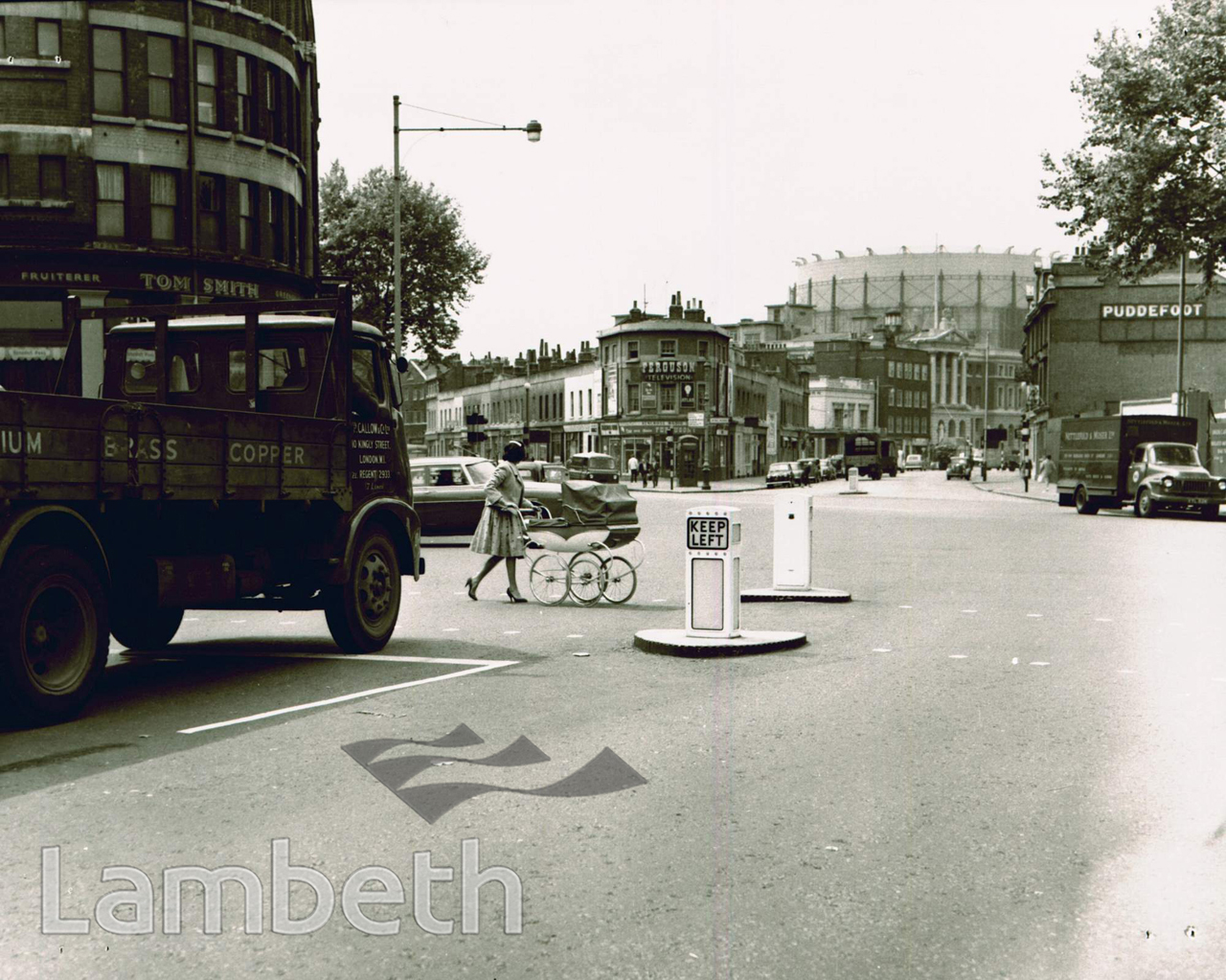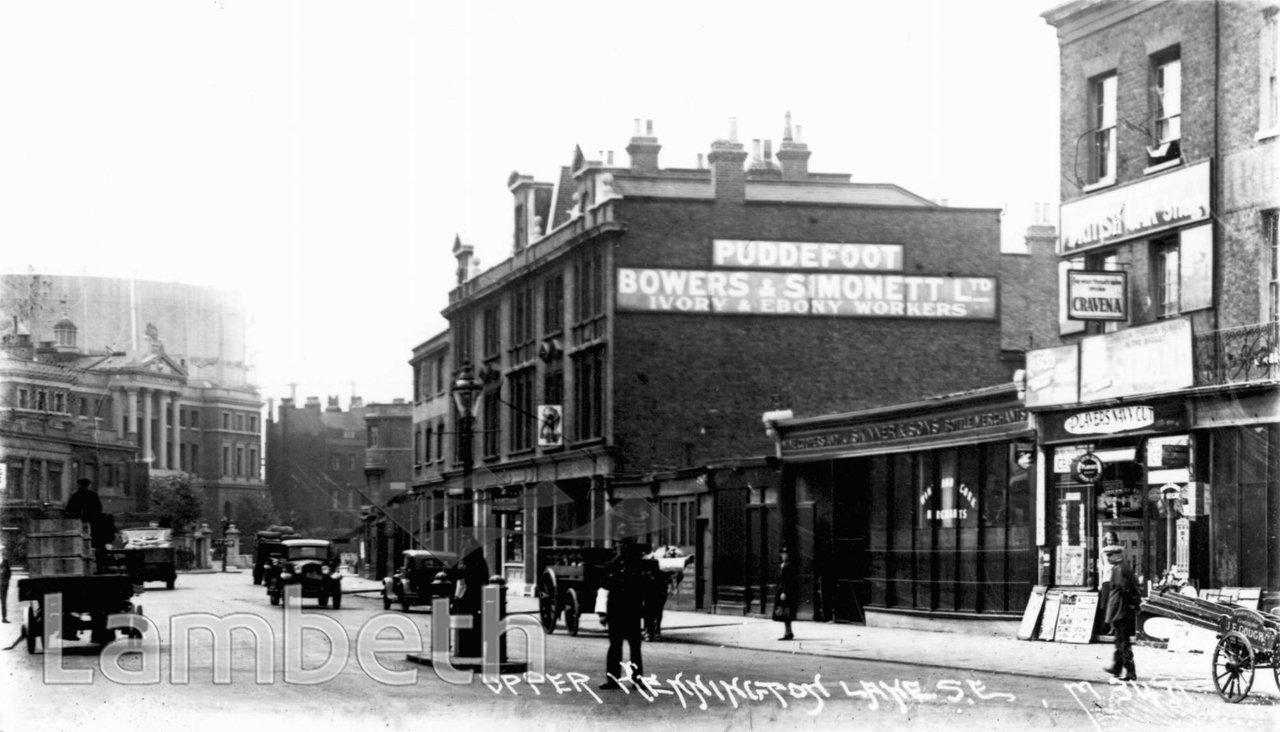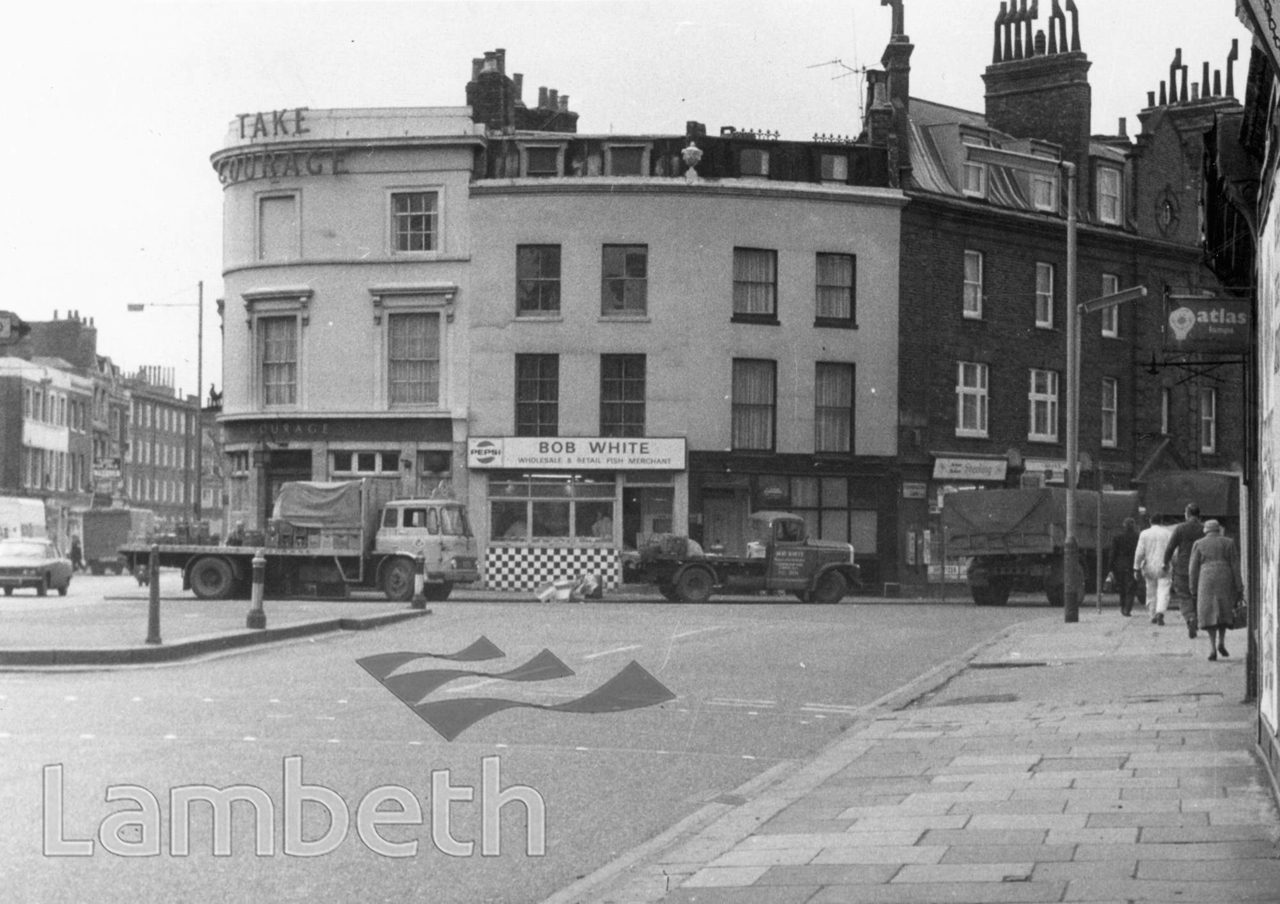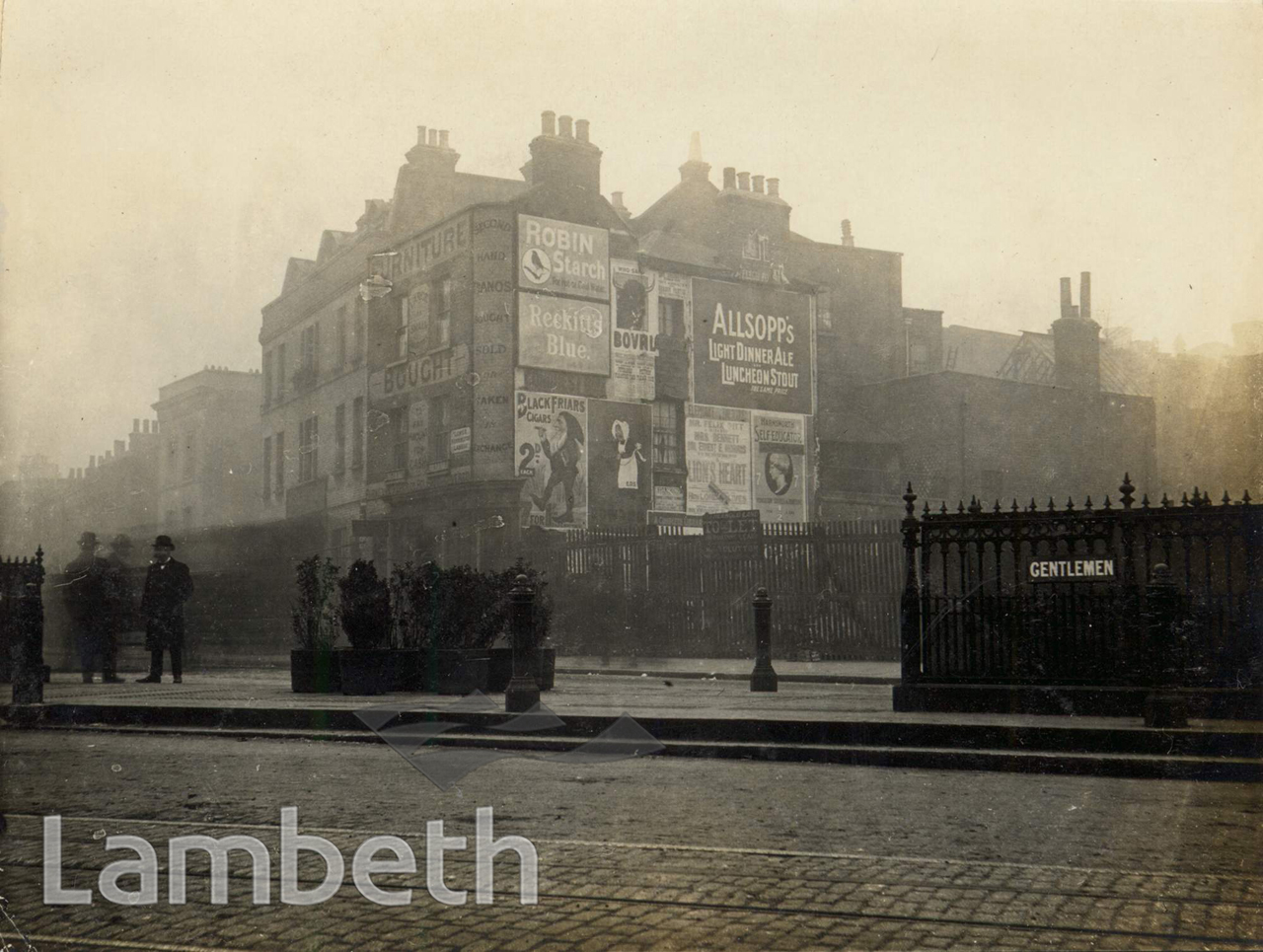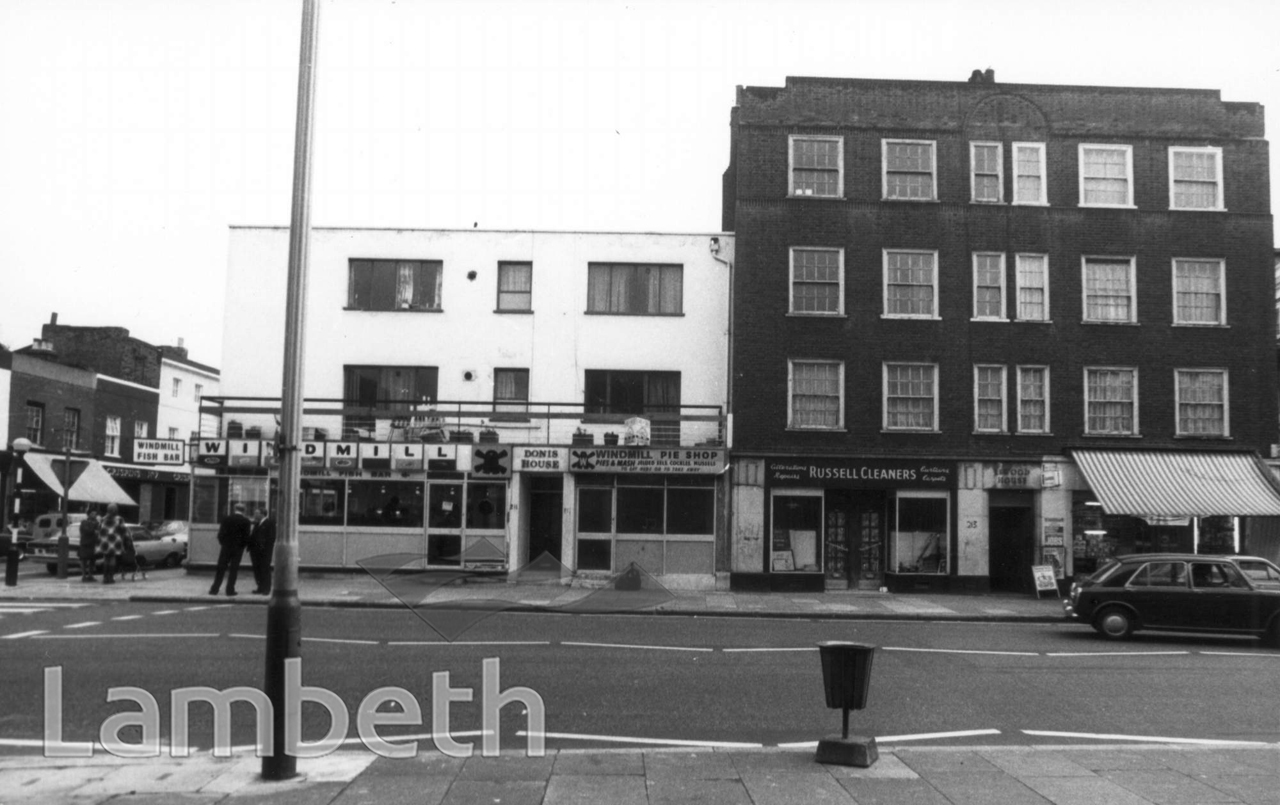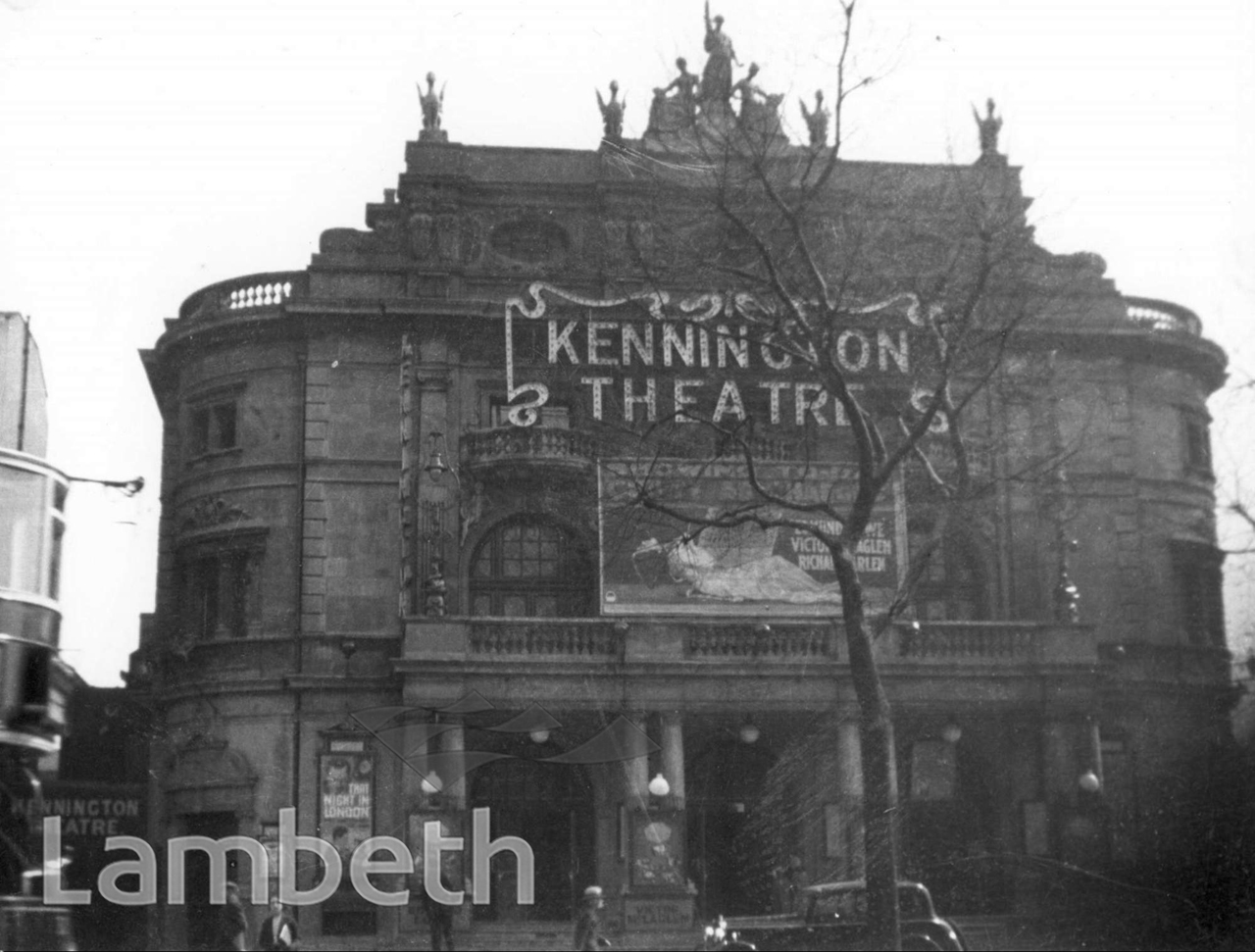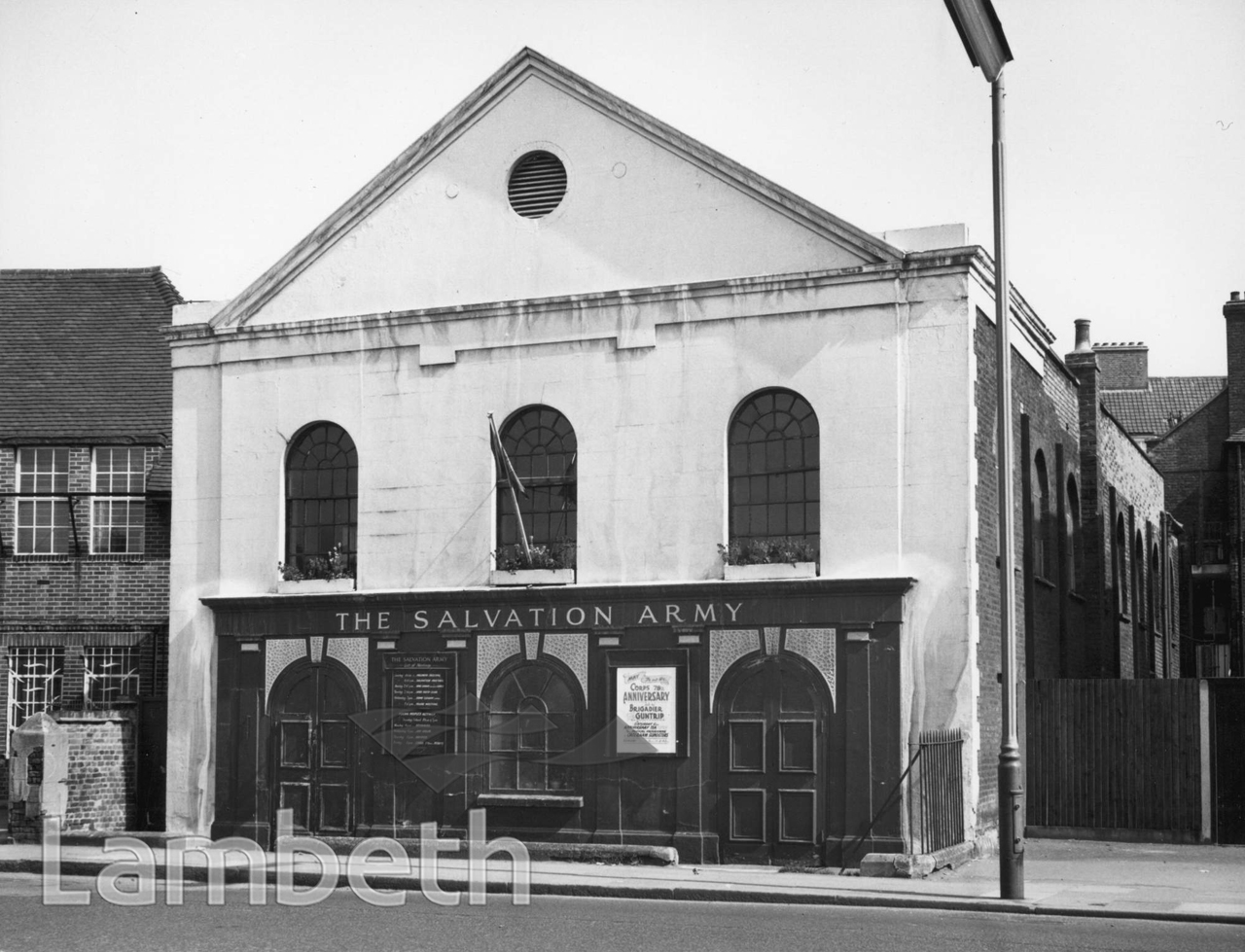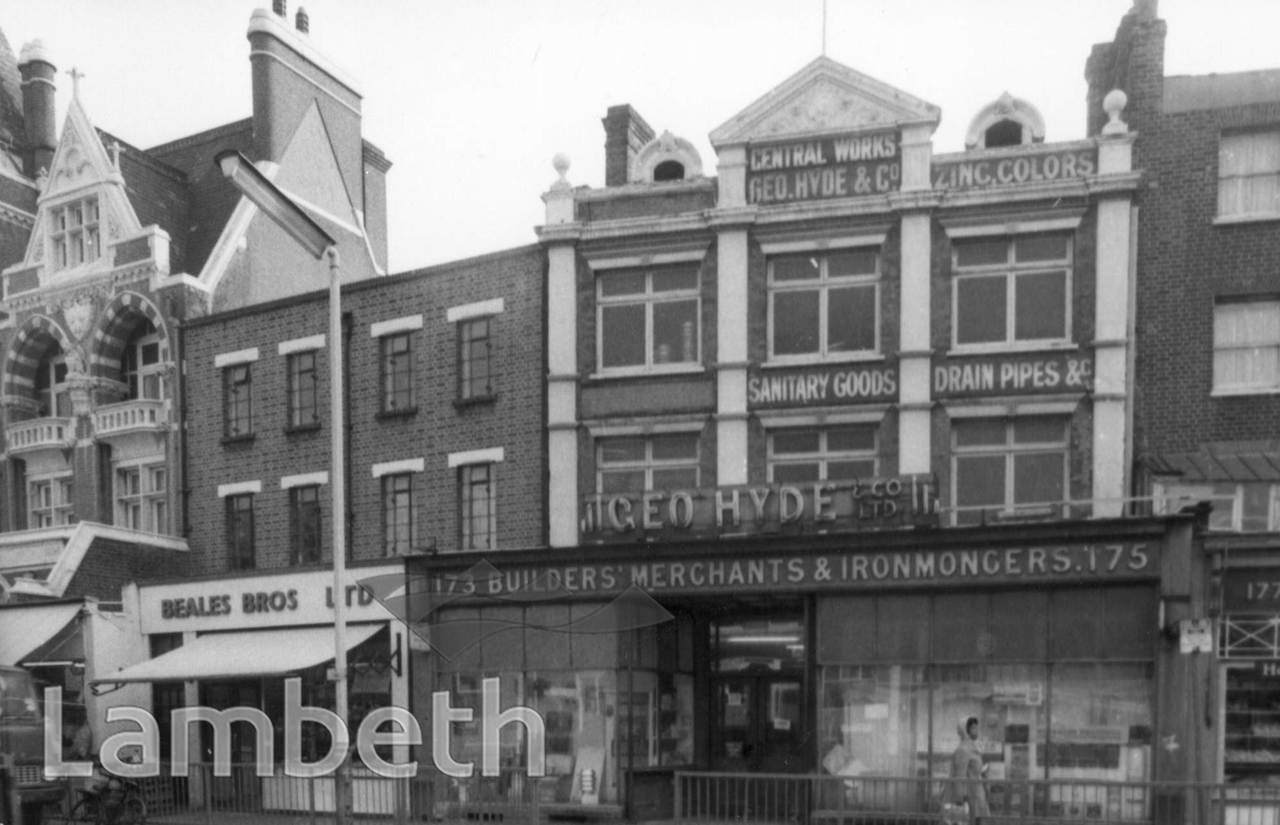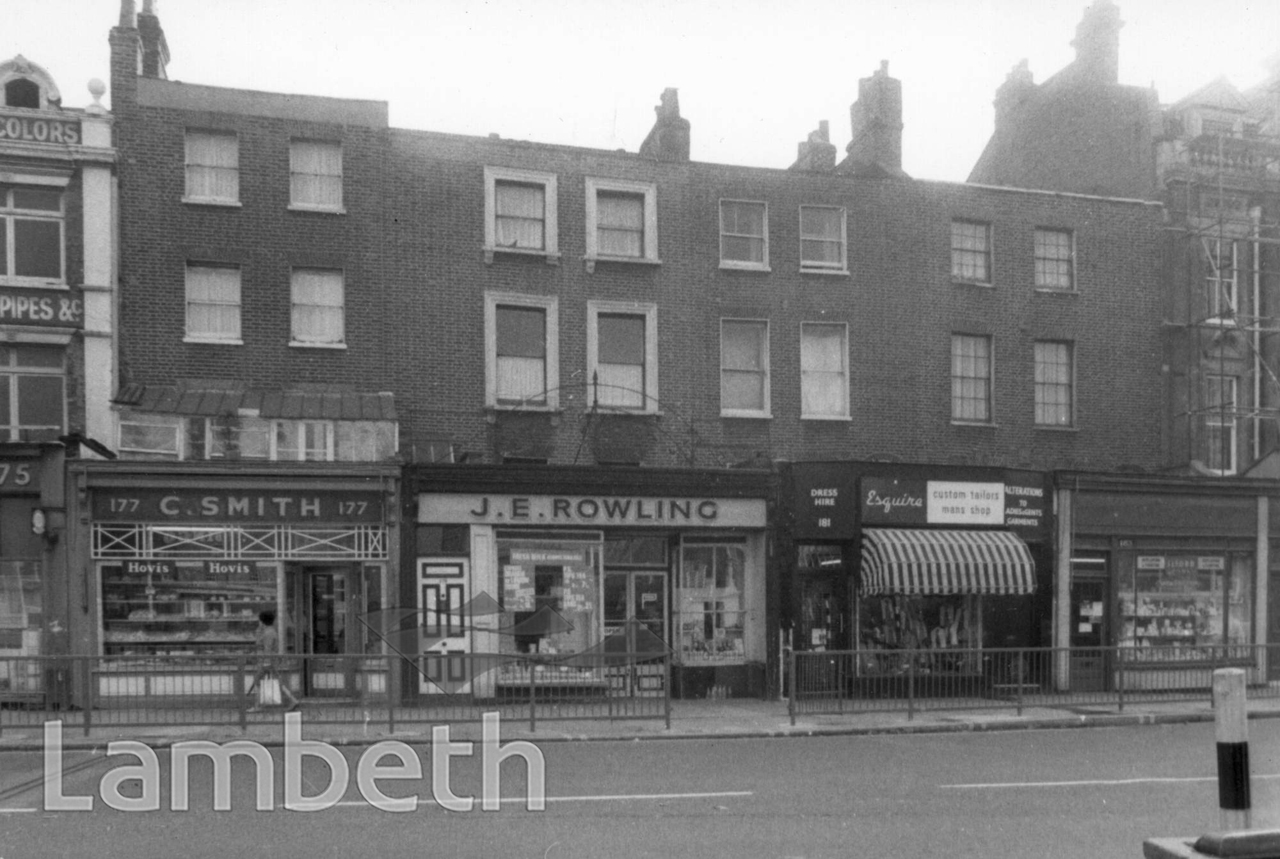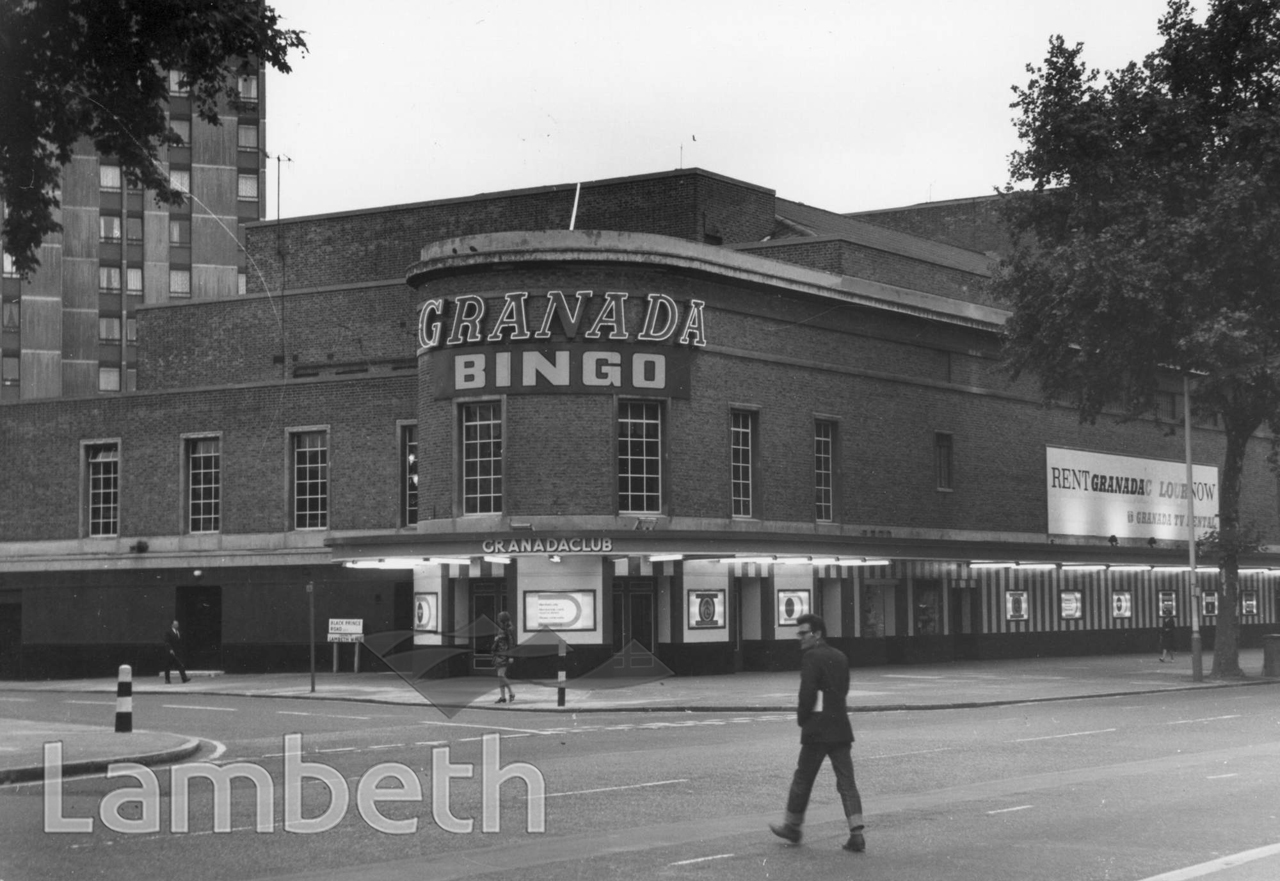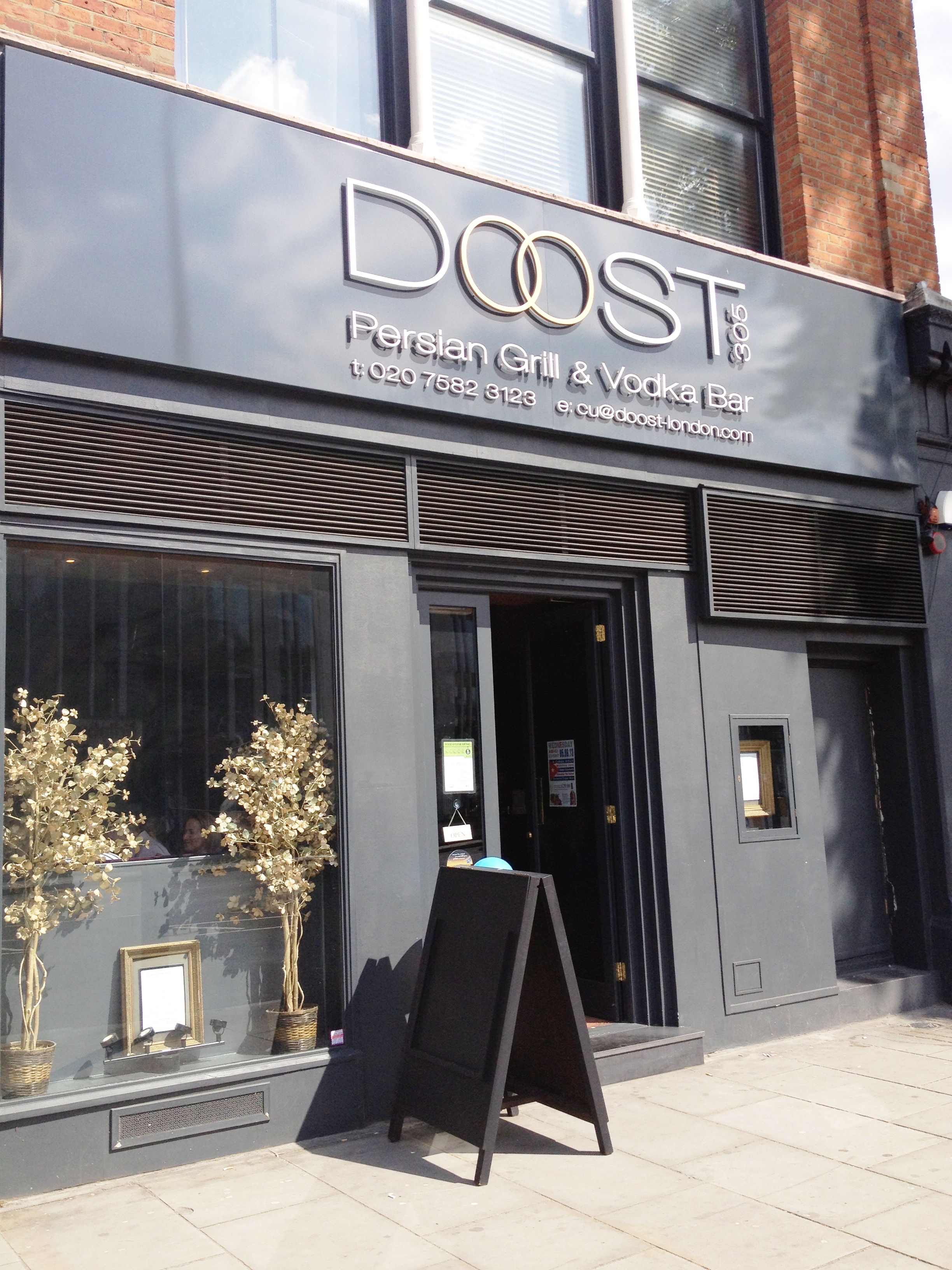From the 2020 archives, the first of our month of best history posts
Do you wake up at night thinking ‘will the Runoff EVER do a feature on sewage and foul smells’? Well dear reader, if so your time HAS COME as we’re here to reveal the purpose of that black crowned column in Kennington Cross.
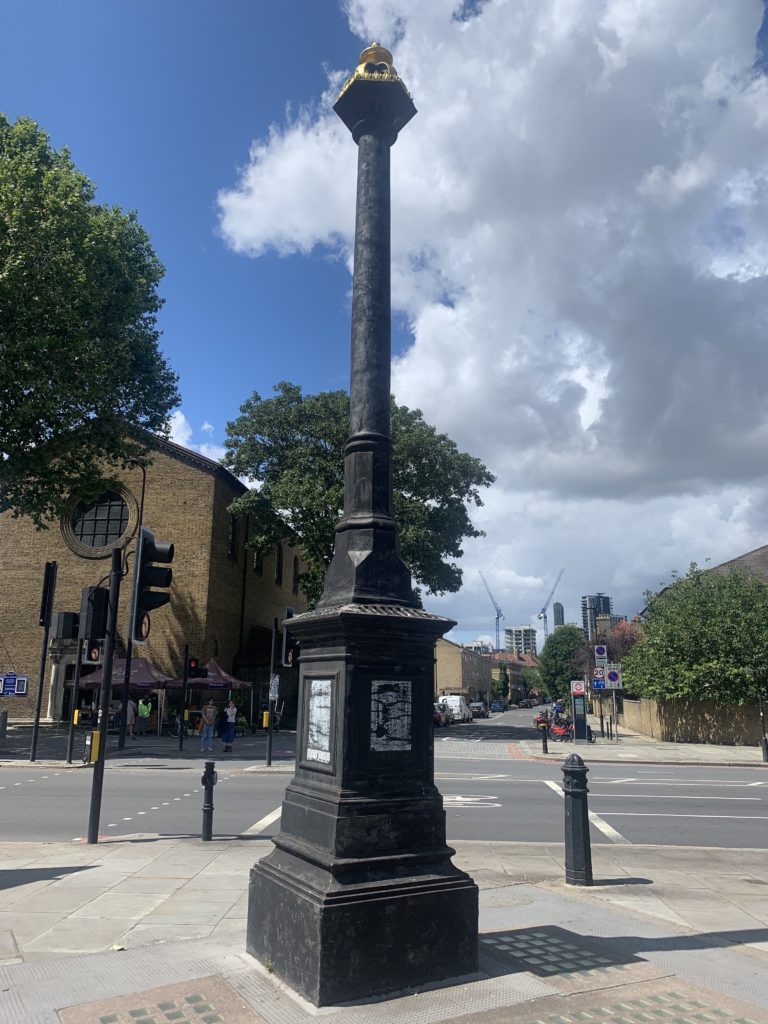
The Victorians gave London many architectural gems; the Houses of Parliament and St. Pancras to name a few. In Kennington they endowed us with probably London’s most attractive example of a Stinkpipe, and that is what we see in Kennington Cross. If you’re wondering what we’re talking about, the Victorians solved many problems but struggled with sewage for years. This was called The Great Stink of London and resulted in some radical methods to solve it. Stinkpipes were one such concept and were installed around London to divert the smell of poo and their more noxious byproducts. The concept was to elevate the odours from sewers and subterranean rivers above sensitive Victorian noses.
January 2025 update – Fans have also made us aware that this Stinkpipe might have also been used to release fumes from the toilets below. We know you relish such detail.
So while the Great Stink might have been deplorable, it realised great advancements later in the industrial age, such the creation of the Embankment and most recently the mighty Thames Super Sewer. And such is the preoccupation with Stinkpipes that someone with apparently a great deal of time on their hands has mapped them all out.
If you share this interest and also have time on your hands you’ll notice more examples of Stinkpipes in the middle of Vauxhall and in a tiny pocket of Kennington Park, below.
